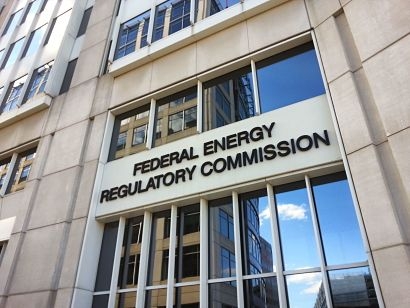
These markets are operated by Regional Transmission Organizations and Independent System Operators. The decision by the FERC is expected to enhance competition and promote greater efficiency in American wholesale electricity markets and help to support the resilience of the US bulk power system.
In 2016, the FERC observed, through a Notice of Proposed Rulemaking, that market rules designed for traditional generation resources can create barriers to entry for emerging technologies such as electric storage. The FERC’s final rule will help to remove these barriers by requiring each regional grid operator to revise its tariff to establish a participation model for electric storage resources that consist of market rules properly recognizing the physical and operational characteristics of electric storage resources.
The participation model must ensure that a resource using the model is eligible to provide all capacity, energy and ancillary services that it is technically capable of providing, can be dispatched, and can set the wholesale market clearing price as both a seller and buyer consistent with existing market rules. The model also must account for the physical and operational characteristics of electric storage resources through bidding parameters or other means, and it must set a minimum size requirement that does not exceed 100 KW. The final rule also requires that the sale of electric energy from the wholesale electricity market to an electric storage resource that the resource then resells back to those markets must be at the wholesale locational marginal price.
The Commission also issued a Notice of Technical Conference that identifies questions to help gather additional information to determine what action to take on the distributed energy resource aggregation reforms proposed in the NOPR. Commission staff also will use the technical conference as an opportunity to discuss other technical considerations for the bulk power system related to distributed energy resources.
The final rule takes effect 90 days after publication in the Federal Register. Compliance filings by the RTOs and ISOs are due 270 days after the effective date, with an additional 365 days to implement the tariff revisions.
Image: Ryan McKnight Flickr (Creative Commons Licence)
For additional information:

